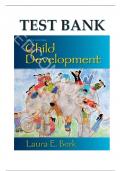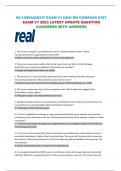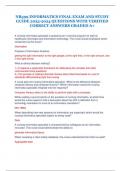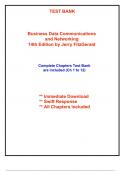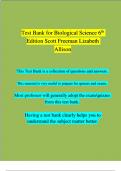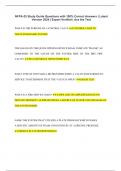Examen
TEST BANK For Child Development 9th Edition,9780205149766, by Laura E. Berk, Chapters 1 - 15 Complete Guide.
- Cours
- Établissement
- Book
Test Bank For Child Development 9th Edition by Laura E. Berk Table of Contents Part I: Theory and Research in Child Development Chapter 1 History, Theory, and Applied Directions Chapter 2 Research Strategies Part II: Foundations of Development Chapter 3 Biological Foundations, Prenatal Development,...
[Montrer plus]
